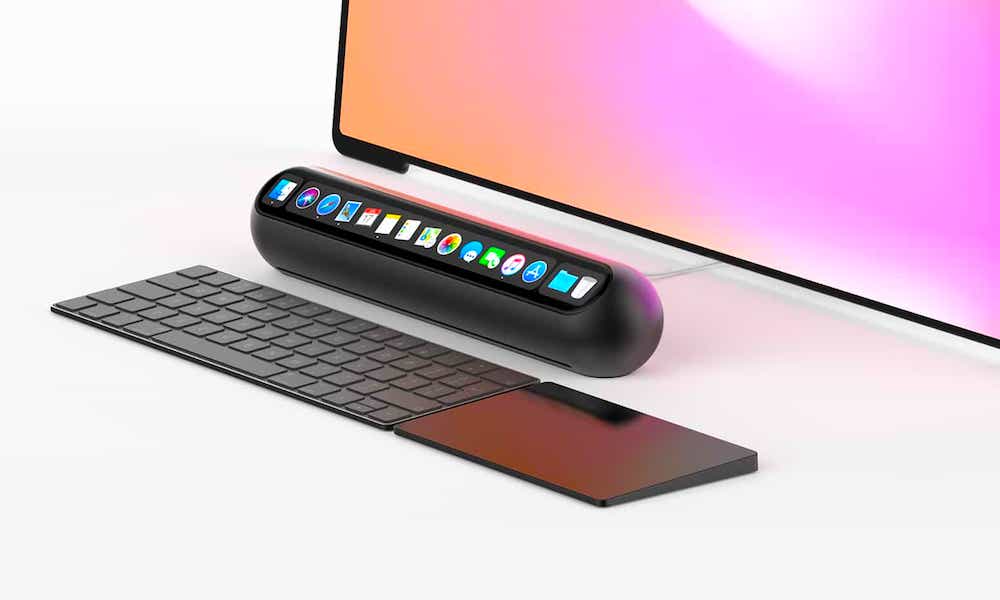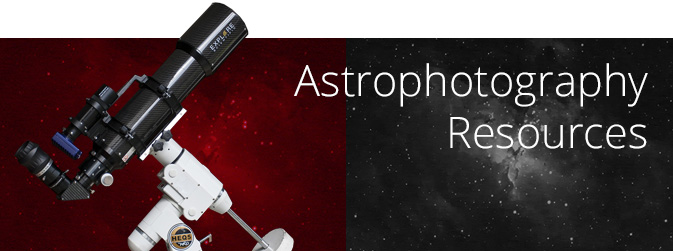Use Ipad As Screen For Mac Mini
Xvid player for mac free. As an owner, I’ve been using my MacBook Pro in for the last week. Closed-clamshell mode allows me to drive an external display with the MacBook’s lid closed. While such a setup looks neat and takes up less desk real estate, there are a few downsides involved. The most obvious downside is that you lose the MacBook Pro’s screen.
But for new MacBook Pro owners, losing the Touch Bar might be the bigger downside of the two. If you’re an iPad owner, there is a decent solution to this problem.
Yes, you can do this. I've done it with my Mac mini. A couple things though: 1. I'd recommend you still have a monitor or television hooked up to the Mac, just because you can't bring up the display on the iPad until the computer is booted and [a. The Astropad software alone is designed to mirror the Mac's display to an iPad, while the Luna Display, which plugs into a Mac using Mini DisplayPort or USB-C, extends the Mac display instead of. Plug your iPad into your computer with a lightning-to-USB cable, and your iPad should light up with an extension of your Windows or Mac desktop. Move your mouse to the right of your desktop, and it’ll travel over to the iPad.
You can use your iPad as an external Touch Bar by using on the App Store. As, Duet allows you to use an iOS device as an external display, and its most recent update adds Touch Bar support. This makes the app a viable solution for those wishing to employ closed-clamshell mode on the latest MacBook Pro, and for those with older Mac hardware without the Touch Bar.

Watch our brief hands-on video to see how it works in action. How to set it up Step 1: The first thing you’ll need to do is. You’ll also need to, which runs in your Mac’s menu bar.
Once the helper app is downloaded, extract it, drag it to your Applications folder, and launch the app. Step 2: Connect your iOS device, preferably an iPad that can be propped up on your desk, to your Mac via a Lightning cable.
Since I’m using a new MacBook Pro with four USB-C ports, I’m connecting with a. Step 3: Launch Duet Display on your iOS device and it should automatically connect to your Mac, appearing as a second display.
One of the critical factors in the clarity of a astrophotography image is the 'seeing.' 
The Touch Bar, if enabled, will reside at the bottom of the display. You can toggle the Touch Bar from Duet’s menu bar app icon. Video walkthrough for more Mac-centric videos This setup may prove to be a workable solution for any Mac user who would like access to the Touch Bar via an iOS device. It’s especially nice for Mac users (OS X 10.9 and above) with hardware that predates the Touch Bar, but I also find it very useful when running my Touch Bar-enabled MacBook Pro in closed-clamshell mode. An iPad propped up via its case takes up significantly less desk space than a 13- or 15-inch MacBook Pro, which is why I like using closed-clamshell mode. With the help of Duet, I get to retain access to the Touch Bar while the MacBook’s lid is closed and tucked away. Obviously you’ll still be missing out on Touch ID if you’re “clamshelling” a new MacBook Pro, but that’s a sacrifice that you’ll have to live with.